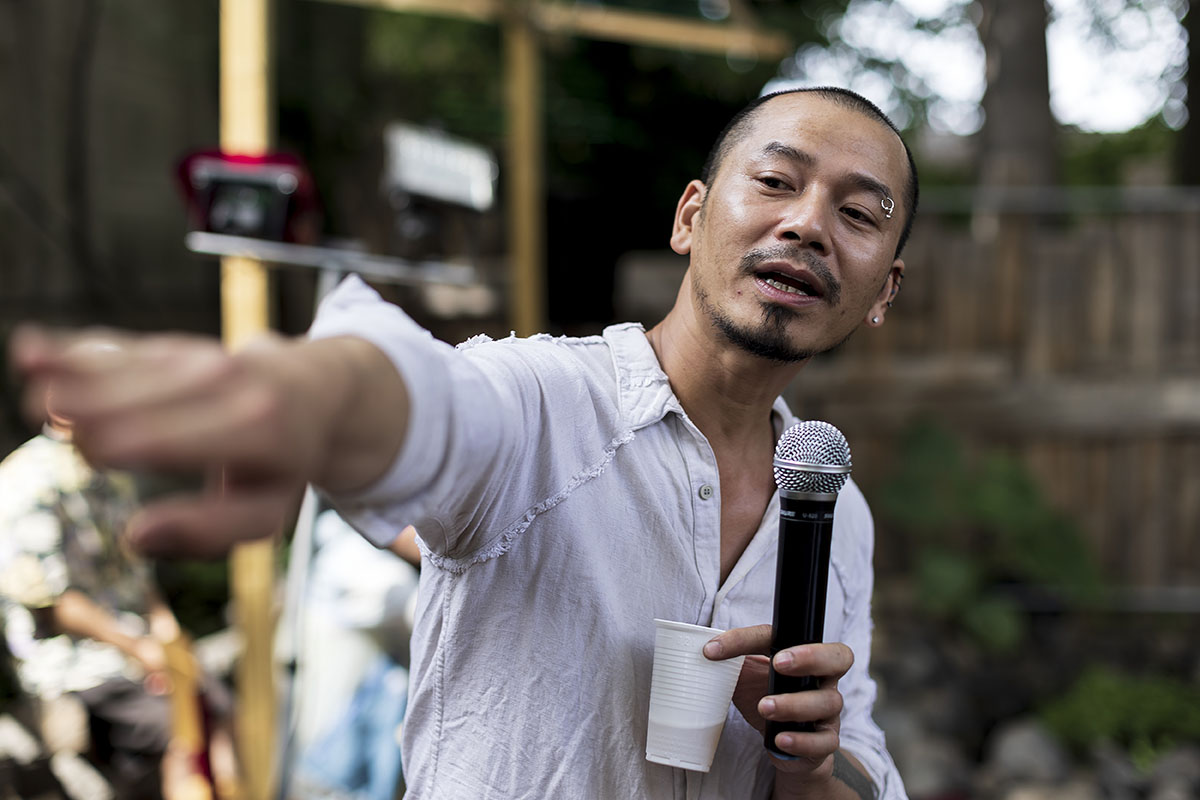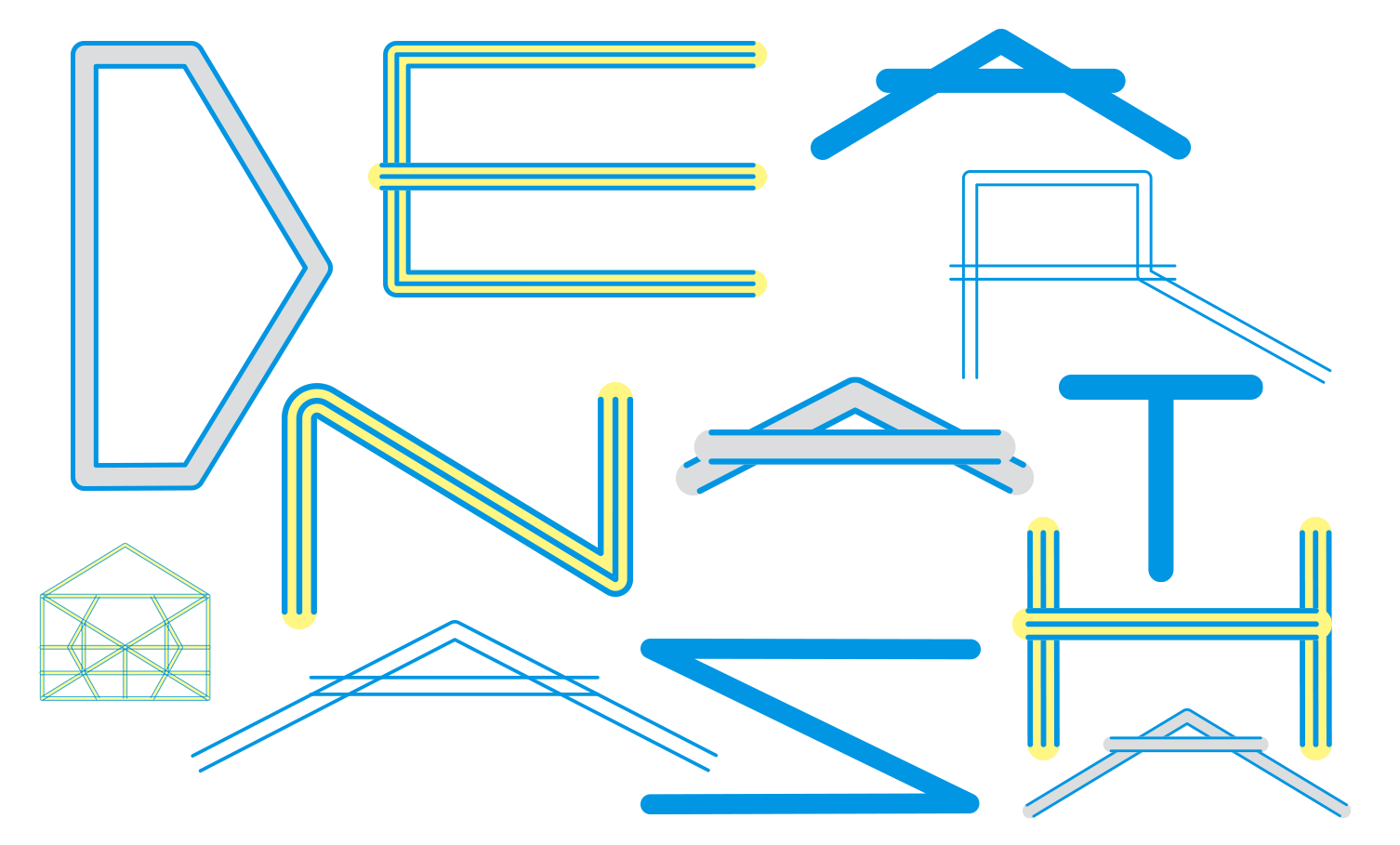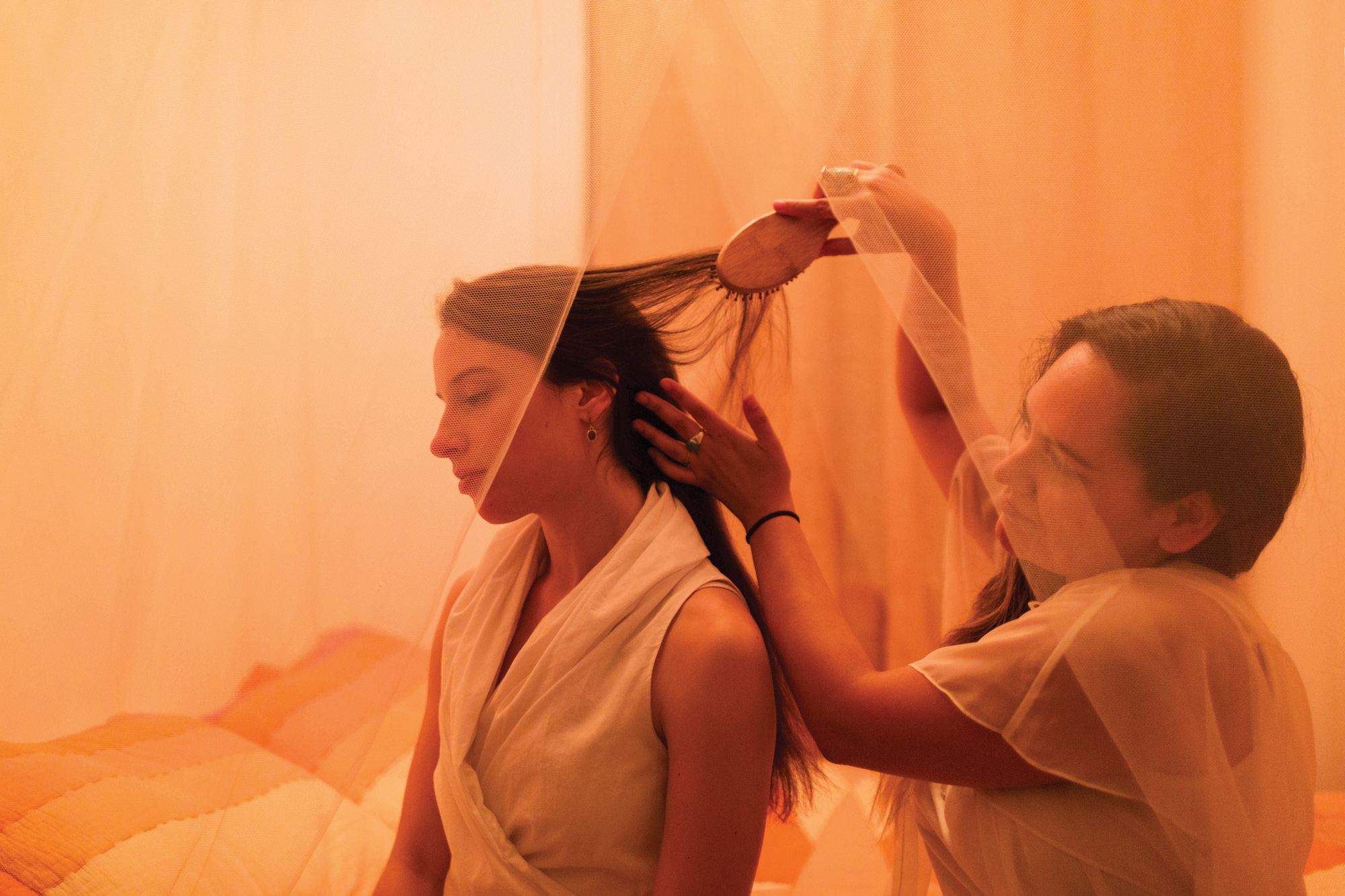In 2019, ruangrupa seemingly arrived on the international contemporary art scene as they were announced the artistic direction of documenta fifteen. They would be the first artist collective chosen to curate the fifteenth edition of the major art exhibition in Kassel, Germany in 2022; its first edition held in 1955 as an endeavour from the Kassel painter and academy professor Arnold Bode “to bring Germany back into dialogue with the rest of the world after the end of World War II.
Ruangrupa was founded in 2000 in Jakarta, Indonesia, and comprises 10 core members. Translated loosely from Bahasa Indonesia, it means “art space” or “spatial form,” embodying the collective’s vision of creating space for sharing knowledge and resources. This spirit is captured in the term lumbung which refers to a communal rice barn found in rural Indonesia where surplus is shared among farmers.
From the get-go, ruangrupa turned the invitation around and invited documenta to be part of their process, writing “we are not in documenta fifteen, we are in lumbung one.” Across the exhibition’s official communication and peppered throughout wall texts were the new terms and methodologies the collective introduced: nongkrong (hanging out for leisure with no concrete outcomes), majelis (a discussion that might not end with a decision), ekosistem (Indonesian for ecosystem, applied relationally to mean people within groups and collectives giving back and sustaining each other’s well-beings).
These are difficult concepts for a contemporary art world driven by players with clear roles and monetary incentives, further exacerbated by the average art visitor who wants to be fed pleasing visuals. Much of the ladled criticism either reiterated the accusations addressed by documenta fifteen’s press statements or the overabundance of texts and diagrams. Already anticipating this reaction, a working group “Where is the Art?” was formed before the exhibition had begun, underscoring the collectives’ fundamental belief that art and life are one; an object on display is not always the end goal. Other working groups were created including the lumbung Land working group that aims to develop ways of sustainable art practices led and built within communities to better the environment.
Documenta fifteen the exhibition in Kassel has ended, but the lumbung of collective resources and efforts have not. Organised by MADEYOULOOK, members of lumbung Land will meet in South Africa in November 2022 to plan future collaborative efforts; Jatiwangi art Factory will hold events as part of New Rural Agenda in Central Java; and INLAND has a to-do list, from protecting a Eucalyptus monoculture to rehabilitating an abandoned Spanish village as a learning space. These are but three examples, there are many more ongoing initiatives–often not in English-speaking communities and thus not documented as such–that started before documenta fifteen. In the wake of the art community’s belated response to calls for fairness and transparency, ruangrupa’s curatorial concept of the lumbung has proven and provided a new model for thinking about the world.
Five highlights from documenta fifteen:
Baan Noorg Collaborative Arts and Culture

Baan Noorg Collaborative Arts and Culture hails from the Nongpho district in Ratchaburi. The popular skateboard ramp installed in documenta Halle was just one part of their three projects for the exhibition. In 1968, Nongpho villagers had to switch from rice cultivation to dairy farms due to a global depreciation in rice’s value. For documenta, Baan Noorg established an exchange program between a dairy farm in Kassel and Nongpho and organised talks. The collective also holds performances of Nang Yai, which features deities from the Ramayana epic, and the skateboard ramp is a witty reference to the churning of the ocean of milk. Famously depicted as a monumental bas-relief in Angkor Wat, here, the inflatable tortoise is Vishnu’s avatar.
Nhà Sàn Collective







Nhà Sàn Collective (NSC) built a garden for and by Vietnamese immigrants in Germany who contributed to the seed library during the exhibition’s duration. Nhà Sàn Studio was founded in 1998 in Hanoi, and since 2013, has operated as Nhà Sàn Collective (NSC). Toward the back of the shed, the work I-Ching Hexagram #59 (2022) comprised three painted vases accompanied by a comic detailing a humorous story. The artists had intended to bring three bát tràng blue ceramic vases to the exhibition–a familiar object in East Asian culture embodying values of dignity and prosperity for its owner–with their heights and weights similar to the artists’. The group was however stumbled by shipping costs and their plan to release it into Kassel’s river would be considered littering. The board suggested three typical, plastic vases–locally-sourced –and the artists fulfilled their goal, painting a motif of a carp looking at the moon’s reflection and no longer having to worry about the vases’ fragility.
Agus Nur Amal PMTOH


In a gallery space at the Grimmwelt Kassel–dedicated to the lives and stories of the Grimm brothers Jacob and Wilhelm Grimm–Agus Nur Amal PMTOH fittingly took up an entire gallery to showcase his art objects, installations, and storytelling performances. Upon entering, visitors were met with a cheerful riot of household items repurposed for play and exploration, many made in collaboration with Kassel school children during storytelling workshops. Agus has practised and performed theatrical style monologues which he calls PMTOH for the past three decades. Based on the art of traditional Acehnese storytelling, his performances inform and educate on various issues related to politics, public health, and natural disasters, charming audiences with his charisma while creating an intimate space for gathering and interaction. Colourful floor mats were placed in front of each performance film–an invite that many took up among adults and children alike, cross-legged and captivated.
The Question of Funding

At WH22, the same venue as Nhà Sàn Collective’s garden, The Question of Funding (QoF) had invited another collective from Palestine, Etiqa, to exhibit in a gallery space as a research project that visitors could learn from. The former collective explores the double-edged use of funding from international sources and seeks to develop local infrastructures to sustain cultural practices. In its exhibition space, Etiqa presented the works alongside the trajectory of its artists, sharing personal accounts of their struggles through an annotated timeline. These included anecdotes of smuggling art supplies into Gaza through friends and international organisations, or accepting supplies as payment for works from collectors which are then shared with younger artists. The challenge of being other-ed through politicisation was also brought up, as viewers outside of Palestine could only assume their work as such. “You can see how the political and artistic intertwine in, for example, Mohamed Abusal’s beautiful, colorful paintings of cactuses, which are especially interesting because the cactus is a very political plant in the Palestinian context. It was used to create a fence around houses. In many communities in Palestine that were destroyed after the Nakba, the only proof of existence was that the cacti grew back; they recreated the fences around destroyed houses,” QoF member Yazan Khalili shared in an interview.
The Archives room - Asia art archive, Black archive, Archives des luttes des femmes en Algérie

Art archives took centre stage at the main exhibition venue, Fridericianum, with The Black Archives from the Netherlands, the Asia Art Archive from Hong Kong, and the Archives des luttes des femmes en Algérie (Archives of Women’s Struggles in Algeria) from Algeria. In their respective communities, all three archives share the same mission of collecting and highlighting underlooked perspectives; The Black Archives documents Black emancipation movements and individuals in the Netherlands, the Asia Art Archive makes accessible the multiple recent histories of art in the region, and the Archives des luttes des femmes en Algérie recognises the work of Algerian feminist collectives and associations since the country’s independence in 1962.





